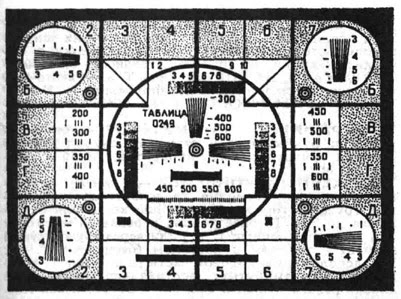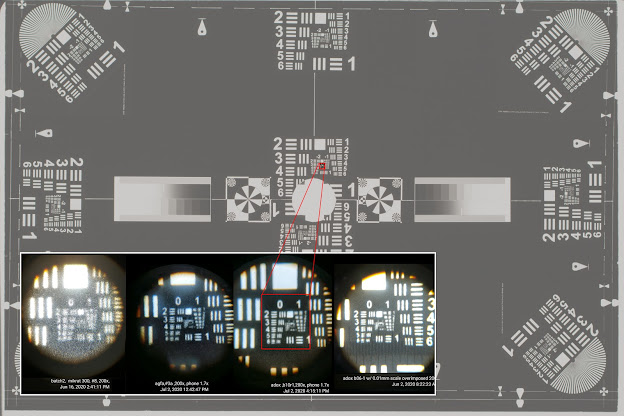So here is my scan rig tuning workflow if anyone cares: Aligning camera and film holder with the Vlads test target as generator of the test image. The picture is to grab you attention. I used to see it often on my TV when I was 7 years old and was waiting to watch my favorite animated movies which would open the broadcast at 4 o'clock Moscow time . Prepare your scanning rig - whether it's a copy stand or camera bellows with vintage film holder from Nikon, Canon, Minolta, etc. I will assume that camera and lens are able to slide forth and back in relation to a film holder. Ideally you should use micro-focusing rail. Having Arca-swiss clamp sliding on the rail is possible but you will discover that when you start tightening the clamp once focus is achieved, the image will jump by 1-2 mm - pretty significant and irritating shift given overall frame size. Keep the film gate empty. Adjust lights, mask out stray light, optionally tether your camera to the computer and conne...





